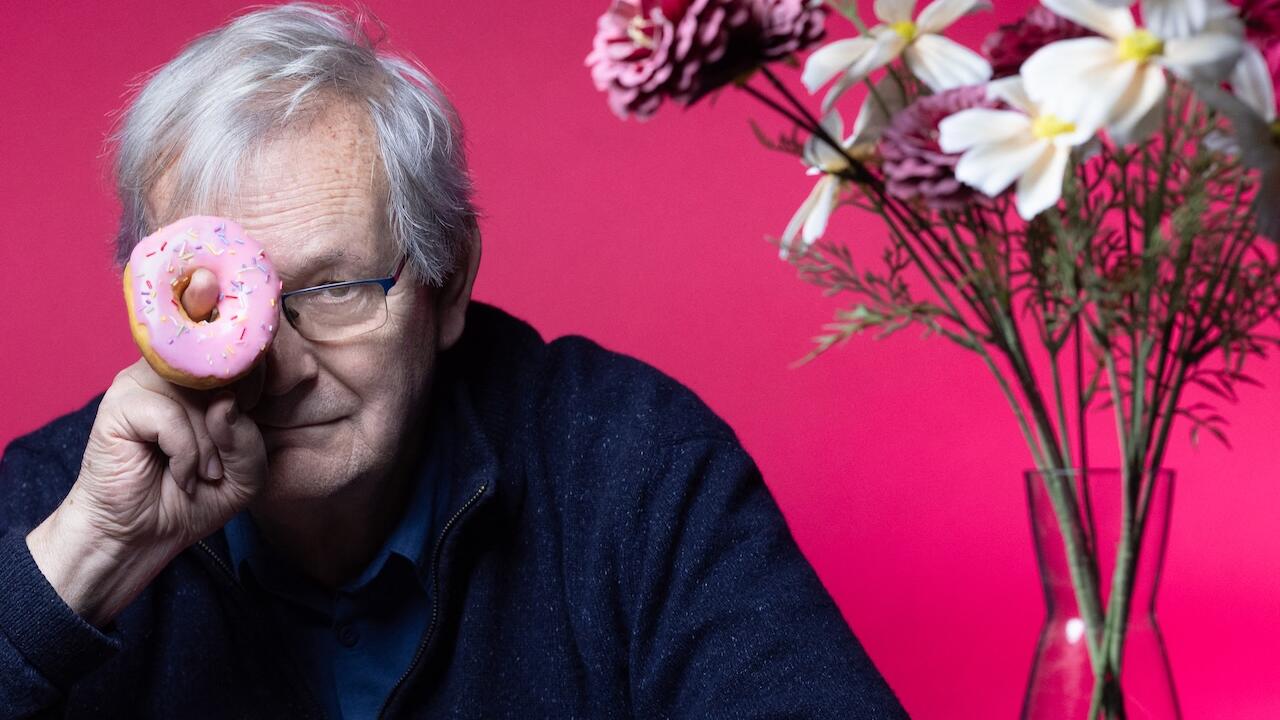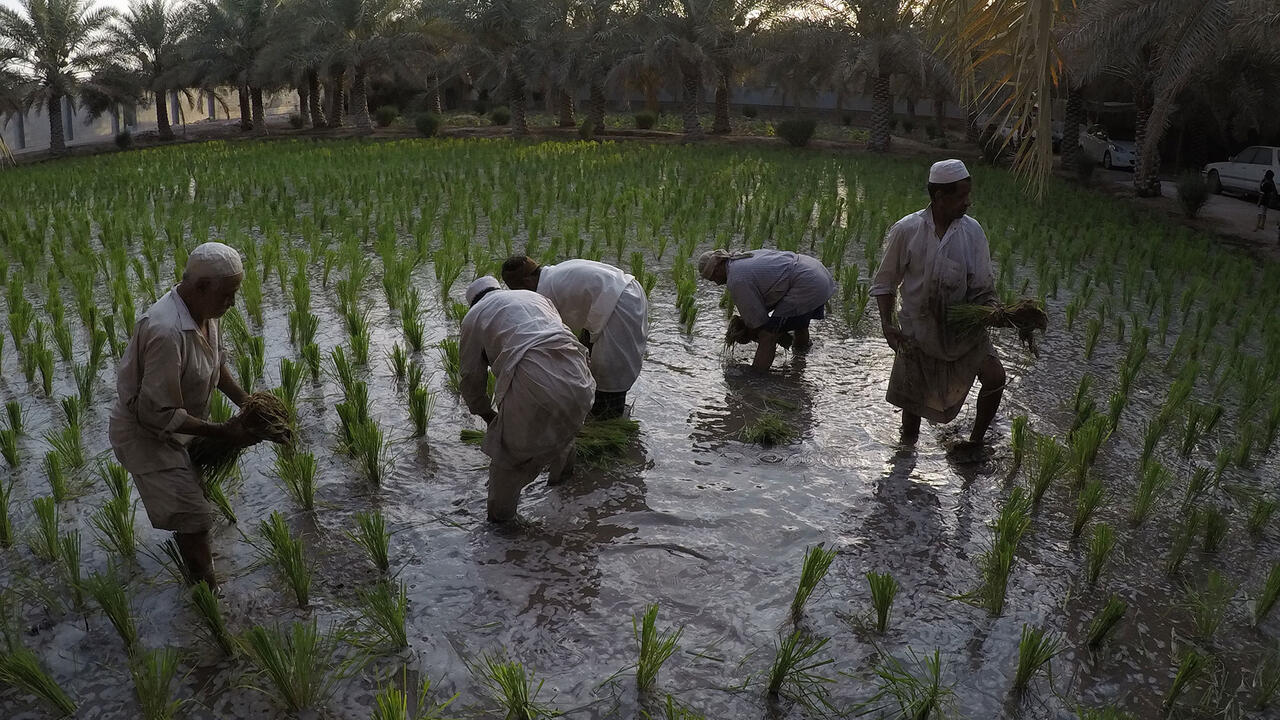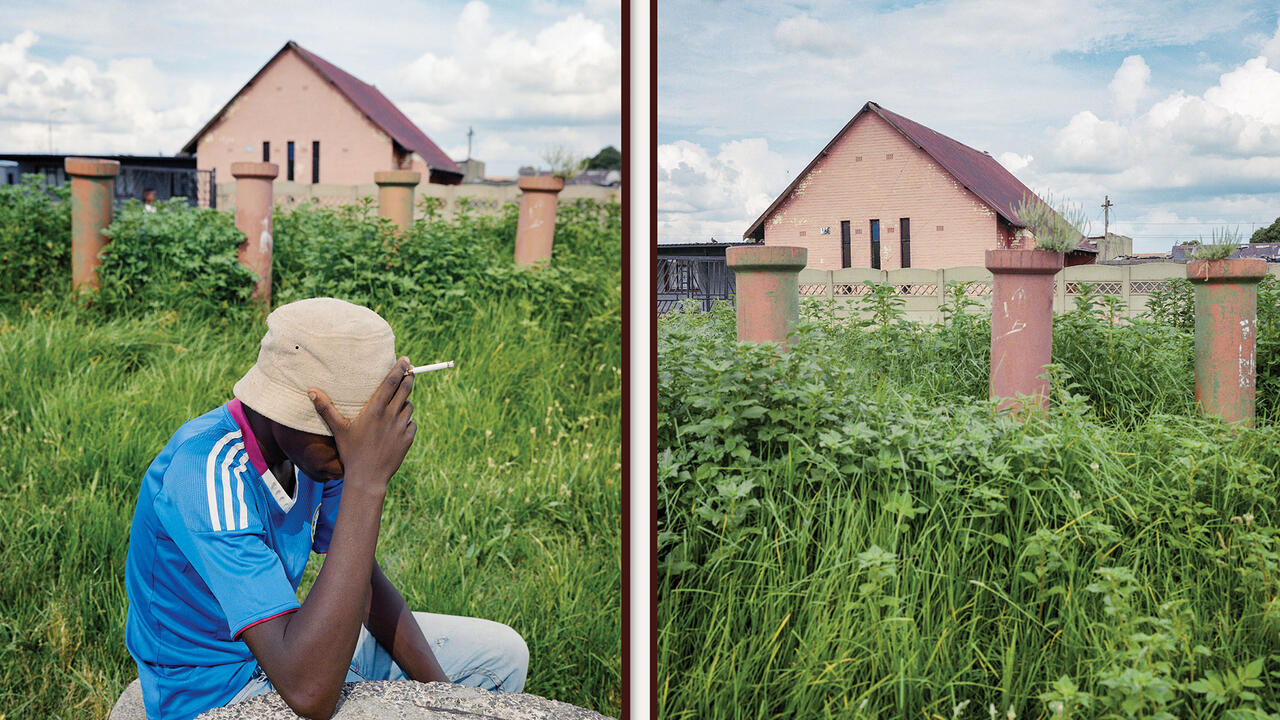The Modern Subject
Madan Mahatta’s historic photographs of New Delhi record a time when India was embracing modernist architecture
Madan Mahatta’s historic photographs of New Delhi record a time when India was embracing modernist architecture

Sometimes, a single photograph can articulate the aspirations of a historical moment. In Madan Mahatta’s A.P. Kanvinde at home (1996), architect Achyut Kanvinde reads in a sparsely furnished living room – all cool, clean lines and mid-century furniture. It’s the epitome of contemporary life, and a template for the modern Indian subject. Born in 1932, Mahatta trained at the Guildford School of Arts and Crafts in the UK, before returning to India in 1954 to work at the family-owned studio Mahatta & Co. He began his practice at a time when the young nation was fashioning for itself a new identity, and his ‘Delhi Architecture Series’ (1950s-80s) documents the architectural pursuits of the nation-building project. Mahatta’s archive is full of such images of aspiration, composed not only with attention to formal detail, but suffused with deference to the ideology of the Indian nation-state. Prime Minister Jawaharlal Nehru, a keen modernist, brought with him a secular vision for the country, and the idea of India thus began its long struggle to reconcile itself with that of the modern subject.

Mahatta hunted for flat, even light. He approached buildings as he did the subjects of portraiture, waiting for the sun to dispense itself in a way that suited the frame best. He remained committed to projects that often took decades to complete. The city we now know as New Delhi was raised from the open land that surrounded Edwin Lutyen’s old colonial capital, an urbanization project that took shape between the 1950s to the mid-1980s. Mahatta photographed the New Delhi Municipal Corporation, the Hindustan Times Building, the Syrian Orthodox Church and the Joseph Allen Stein-designed interiors of the Escorts factory, to name a few. In a single frame, Mahatta was able to pull together several textures of concrete and latticework that are visible on the facades of these projects. He also photographed the maquettes of early proposals in his studio, a few of which were never realized, all set against swirling hand-painted backdrops of pink and powder blue.

The Nehruvian Nation Building project, some argue, was an example of contemporary Indian leadership the likes of which India is yet to see again. For others, it was an idea of India riddled with contradiction and only available to those with access to power. Although an independent photographer, Mahatta’s process required a close relationship with a rakish boys’ club of architects that Nehru had gathered from across the country, some of whom were sent to MIT or Harvard on state funding. Walter Gropius was teaching at Harvard at the time, and traces of the Bauhaus are visible across their designs. J.K. Chowdhury, Charles Correa, Achyut Kanvinde, Habib Rahman and Kuldip Singh were all part of this early group, all of which have become household names among those that remain Nehruvian in their ideology. What these architects articulated was a hybrid, localized modernism; vast concrete structures that are infused with subtle, traditional details. This is particularly striking in Mahatta’s images of the Ashoka Hotel, designed by B.E. Doctor in 1957. The building’s clear geometry is punctuated by slow-curving Mughal arches, a language familiar to the ancient skyline of old Delhi.

Today, like a poor hangover from the time of Indian Independence, the cultural imagination reaffirms the central importance of photographic documentations of Mahatma Gandhi and Nehru. More often than not, the paintings of the Bombay Progressives – a decidedly anti-national group of male painters that included M.F Hussain and F. N. Souza – are discussed as singular examples of Indian modernism. The ambitious show ‘Stretched Terrains’ at the Kiran Nadar Museum of Modern Art in New Delhi, which runs until 31July, interrupts this rhetoric with an extensive display of Mahatta’s work, as well as early plans of some of the buildings he photographed. As the photographer’s archive attests, modernism was an extensive ideological project carried out through the country, in which, his images played an instrumental role. As an individual committed to documenting the realization of this, he was pulled into – and helped reify – the project of Indian modernity.

In January of this year, the India Trade Promotion Organisation (ITPO) revealed its plans to demolish Delhi’s biggest exhibition centre, Pragati Maidan. Opened in 1972 and designed by Raj Rewal, it is perhaps the most striking of the city’s modernist projects – a large volume of interlocking hollow pyramids, entirely cast in concrete. The ITPO’s plans propose a new ‘world-class’ exhibition centre to be built in its place. India’s current right-wing Hindu government has little concern for histories that don’t suit its agenda, particularly ones that were so straightforwardly secular. Though the Delhi High Court stalled the demolition after a petition was filed in February 2017, the structure was torn down on Sunday.
Mahatta, who passed away in 2014, was brought back to public attention in 2012 by the New Delhi-based gallery PHOTOINK, with a show entitled ‘The Delhi Modern’. Mahatta rarely displayed work during his lifetime, and while his contemporaries such as Raghu Rai and Raghubir Singh were publishing lavish photo books in the 1960s, their work was often self-orientalizing and catered for a Western gaze. What attention Mahatta’s archive did not receive then, it deserves now – for his archive will soon be all we have left of Delhi’s modernist skyline.
Main image: Madan Mahatta, A.P. Kanvinde at home (detail), 1996. Courtesy: Madan Mahatta Archives and PHOTOINK, New Delhi





















